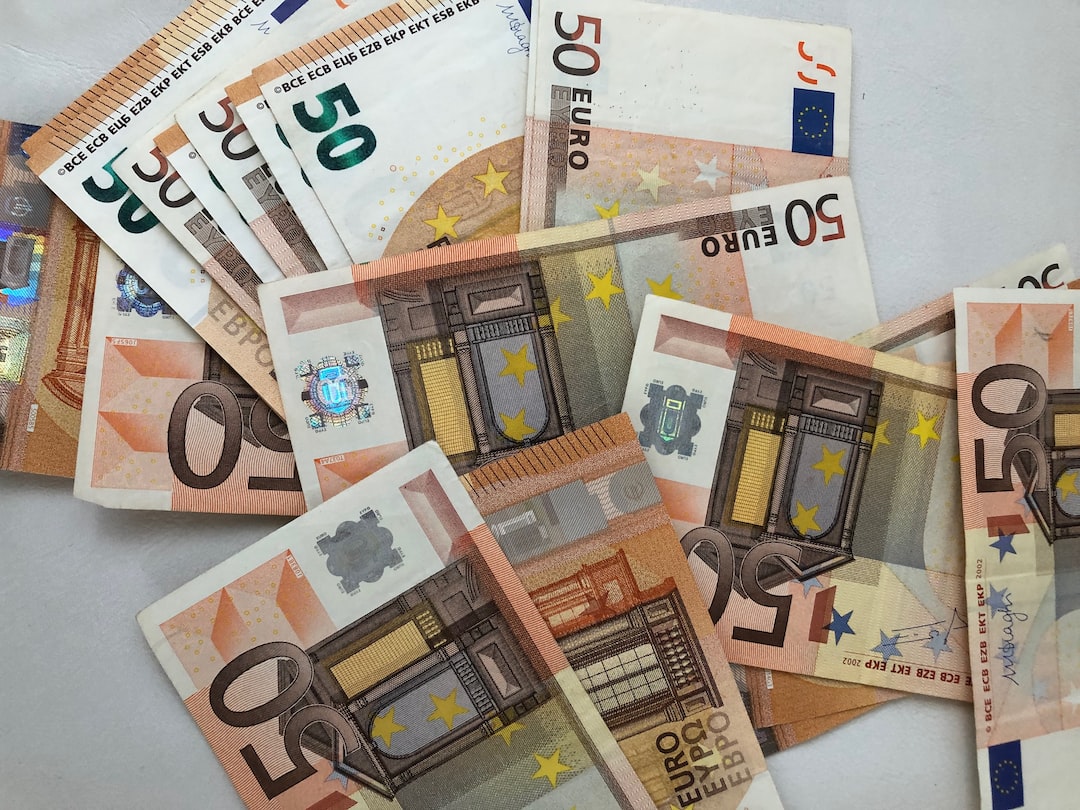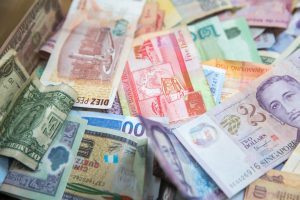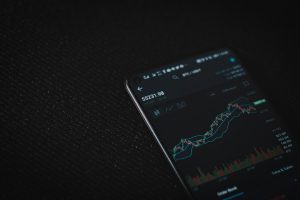The foreign exchange market, also known as the forex market, is the largest financial market in the world. It is a decentralized market where currencies are bought, sold, and exchanged by individuals, institutions, and governments. The forex market is open 24 hours a day, five days a week, and has an average daily trading volume of over $5 trillion.
To understand the size of the forex market, it is important to have a clear understanding of how it operates. The forex market is a network of buyers and sellers who trade currencies at different prices. The market is decentralized, which means that there is no central location where all transactions take place. Instead, the market is made up of a network of banks, brokers, and other financial institutions.
The forex market is driven by a number of factors, including economic indicators, political events, and market sentiment. These factors can cause the value of currencies to fluctuate, which creates opportunities for traders to buy and sell currencies at different prices.
The size of the forex market is often measured by its daily trading volume. This refers to the total value of all transactions that take place in the market on a given day. According to the Bank for International Settlements (BIS), the forex market had an average daily turnover of $5.1 trillion in April 2016. This represents a significant increase from the $4 trillion daily turnover that was reported in the 2010 BIS survey.
The growth of the forex market can be attributed to a number of factors. One of the main drivers of growth has been the increasing globalization of the economy. As more businesses and individuals engage in international trade, the demand for currencies has increased, which has led to greater trading activity in the forex market.
Another factor that has contributed to the growth of the forex market is the increasing availability of technology. Advances in trading platforms, mobile devices, and other technologies have made it easier for traders to access the market and execute trades. This has also led to greater competition among brokers and other financial institutions, which has helped to drive down trading costs.
The forex market is also highly liquid, which means that traders can buy and sell currencies quickly and easily. This is due to the fact that there are always buyers and sellers in the market, which ensures that there is always someone willing to trade at any given price.
Despite its size and liquidity, the forex market is also highly volatile. This means that the value of currencies can change rapidly and unpredictably, which can create significant risks for traders. To manage these risks, traders use a variety of tools and strategies, including stop-loss orders, hedging, and technical analysis.
In conclusion, the foreign exchange market is the largest financial market in the world, with an average daily trading volume of over $5 trillion. The market is driven by a number of factors, including economic indicators, political events, and market sentiment. The growth of the forex market can be attributed to a number of factors, including the increasing globalization of the economy and the availability of technology. Despite its size and liquidity, the forex market is also highly volatile, which requires traders to use a variety of tools and strategies to manage their risks.





